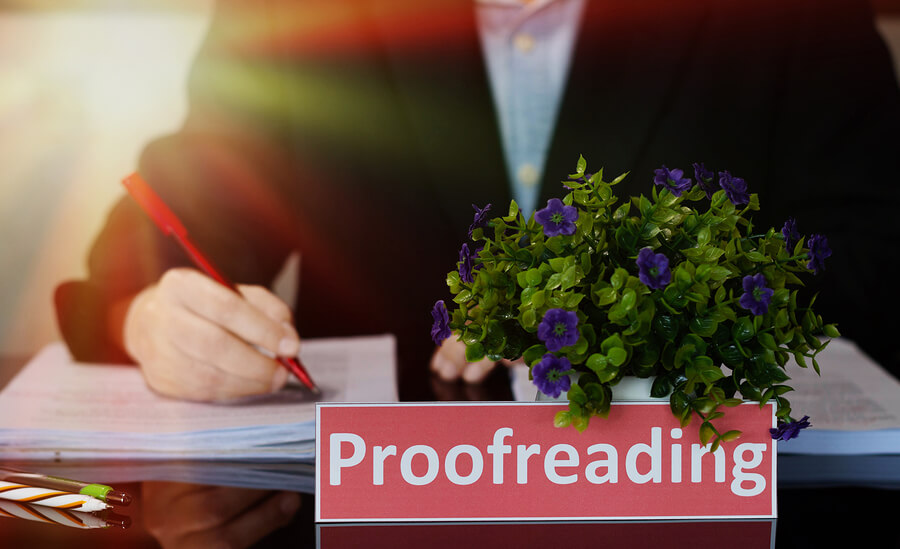In recent years the rise in translation services has provided great assistance to companies who wish to cross borders to find new markets. This has basically been achieved because of the ability of translators to localize content when translating a page. This skill means that companies can depend on a translated text that is highly relevant to their targeted markets and can be provided in many different languages. However, this new service doesn’t mean proofreading a translation is no longer required.
The importance of proofreading a translation
Translation proofreading is typically the last stage of the translation process. It follows the editing process. As soon as the translation has been completed and an editor has made his/her input, a proofreader will painstakingly sieve through the text and spot and correct any mistakes. This is not a skill that has been automated yet. It totally depends on human intervention.
So far, machine translation tools may help to create fast turnarounds for translations but they haven’t been inputted with the skills to be completely accurate, so a human proofreader is given the task of perfecting the translation. If simple grammatical mistakes are not found and corrected, the complete meaning of that part of the translated text may have been changed. This means the proofreading must be done by a skilled translator who knows both languages well. Translation companies tend to hire separate proofreading teams who perform several reviews of every translated document.
Your translated content is your business message
A well-written article that has been accurately translated and has no errors creates a good impact and a greater chance of attracting more customers. However, in contrast, a badly written text that hasn’t been proofread well and is loaded down with silly mistakes is more likely to result in criticism and is far less likely to draw in customers. When this happens both proofreaders and editors are really to blame, as they are equally responsible for the quality of the translated text. The proofreader is the last in line before the translated text finds its way back to the client.
Proofreading is not just spell checking
The proofreader decides whether a translated document is poorly presented or is an effective and mistake-free document. Some businesses think they can reduce the costs of translating by doing their own proofreading by using free online automatic spell check tools. Because proofreading is checking grammar as well, just using an automated spell checker won’t do as it won’t catch grammar errors that bring the document together in a single, flowing text. In reality, a proofread document would have many mistakes if proofreading is done just by using some automated spell check tools.
The sorts of questions a proofreader answers when performing a proofread are:
- is the theme of the text put across clearly?
- are the best words being used?
- are the layout and word use consistent?
- is the paragraphing done correctly?
- are the sentences far too long?
- is the page numbering correct?
- do individual headings represent the content of the paragraph?
The end result of any proofread of a translated document is that the original document and its translated counterpart put across the same meaning which will have the same effect on the respective customers.




















